Combat aircraft. Comparisons. Corsair vs. Hellfeline
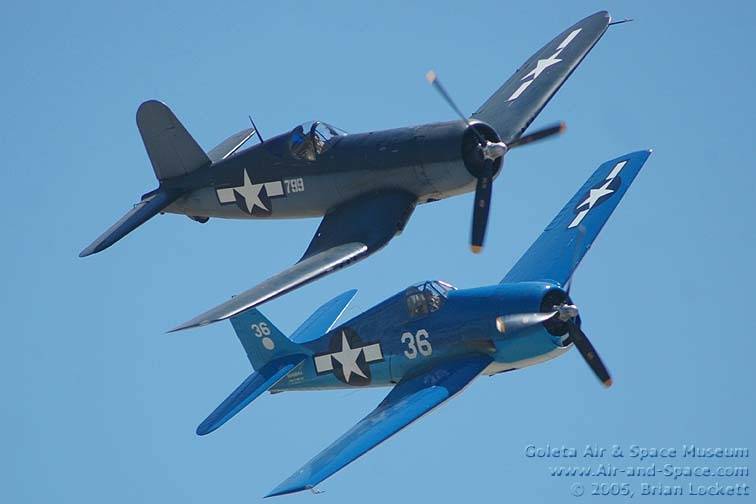
In the material about Corsair, I touched upon such an interesting point that in the US Marine Corps and the Marine Corps aviation at the same time, two very similar, but at the same time completely different carrier-based fighter planes worked at once.
We are talking about the F4U Corsair from Chance-Vout and the F6F Hellcat from Grumman.
Aircraft are more than worthy of both comparison and memory, because they simply made a huge contribution to the air war in the Pacific Ocean.
And the reason was the F4F Wildcat, which became obsolete as fast as the Japanese modernized their main deck A6M Zero.
And since the Japanese achieved some success in this, the Wild Cats had nothing to catch at the beginning of 1943. Confronting the Zero with American pilots was becoming a problem, so the situation required a fundamental change.
It was planned that the “Wild Cat” would be replaced by the “Corsair,” but the refinement of the latter lasted so long, there were so many shortcomings that it was decided to create a new fighter based on the “Wild Cat” by Grumman as a temporary measure to the appearance of the Corsair.
But it turned out that F6F turned out to be so successful that its release not only did not stop after the appearance of the Corsairs, but also continued until the year 1949. It was the most massive fighter of American naval aviation since World War II. A total of 12 274 aircraft were released.
“Corsairs” were released a little more, 12 571 unit, but the production of F4U lasted until the year 1952, no wonder that so many riveted. The plane was definitely worth it.
First, let’s take a look at the performance characteristics of two aircraft.
Engine
Both aircraft were equipped with a Pratt Whitney R-2800 engine.
"Corsair" received a modification of the Pratt Whitney R-2800-18W power 2100 hp
Hellcat - Pratt Whitney R-2800-10W Double Wasp with 2000 horsepower
Small, but the advantage of the “Corsair”. Actually these 100 hp - this is the abyss. By the standards of that time, it was not just a lot, it was a lot.
Speed
The maximum speed of the Hellcat was 644 km / h, the Corsair accelerated to 4000 km / h at an altitude of more than 717 m, below its speed was 595 km / h.
We can say that approximate equality.
The practical range of the Corsair is 1617 km, and the Hellcat is 2092 km.
Practical ceiling. “Corsair” - 12 650 m., “Hellcat” - 10 900 m.
Rate of climb. “Corsair” - 1180 m / min, “Hellcat” - 1032 m / min.
Empty / take-off weight. “Corsair” - 4175 / 5634, “Hellcat” - 4152 / 5662.
Obviously, with approximately the same mass of 100 “horses”, “Corsair” gave the aircraft some advantage over its counterpart in terms of speed and altitude. But his voracity was higher, which affected the range of the Corsair.
But the range still could not be compared with the Zero, which had a practical range of 3000 kilometers.
weaponry
It was standard: 6 Browning wing machine guns with 12,7-mm caliber ammunition for 400 cartridges per barrel.
The Corsair could still “grab” two 454 kg bombs or eight 127-mm HVAR missiles, and the Hellcat three 454-kg bombs or two 298-mm Secret Tim missiles or six HVAR missiles.
It seems how similar the planes are, right? And why did the Americans toil around outright foolishness, releasing this couple?
In fact, the top three, because the F2G from Goodyear was not in fact a deckhouse, his wings did not add up.
But yes, why did it happen? The FW.190 / Bf.109 and La-5 / Yak-9 pairs are understandable, different motors, different tactics of application. And here?
And here, too, there are nuances.
The "cat" was easier. It is much simpler, and, starting from production, ending with combat use. On it you could just fly and fight. He forgave many mistakes; he could be said to be a universal plane.
In general, many people call F6F universal, but they call it because it does practically everything well, but in no area shows very impressive abilities. Yes, he did everything that was required: he escorted, searched, shot down, stormed, worked at night and so on. And he was very good, until new Japanese planes came closer to the end of the war.
With the Ki-84, Ki-100 and N1K1-J, Hellcat was struggling. But these were already fighters of a different generation, of a different formation, which excelled the F6F in everything.
As an example, they cite the battle of the famous Japanese ace Tetsuzo Iwamoto, who on the Cavanishi fighter N1K1-J "Side-kai" single-handedly entered the battle with six "Hellcat" and destroyed four of them. I do not consider this battle indicative and textbook, since there is absolutely no data on the level of training of American pilots. Agree, if these were young pilots who were sent to patrol (it was in August 1945 of the year), then they would be more in the way and help Iwamoto to arrange a massacre. What he actually did, after which he calmly went home.
But Iwamoto was one of the best pilots in Japan (84 victory).
But “Corsair” was a completely different song. Swearing. It was noted that the plane does not forgive mistakes in piloting in general. You can see the statistics in an article about the Corsair, they actually beat more on the ground and decks than the Japanese did.
But until the very end of the war, the Corsair calmly went out against all Japanese novelties, especially aircraft on the ground of the Air Force. And he won.
However, the Corsair was not for everyone. Difficult to pilot, difficult to master, in battle he became deadly weapons. The problem is that quite a lot of events should have taken place before that moment.
If you give examples and analogies, then “Hellcat” is a Kalashnikov assault rifle. Simple, stress-free, trouble-free and so on. Any pilot could master it, master and go into battle. No wonder F6F was called the "factory of aces."
The only question is who to fight against.
I would compare the Corsair with something like that ... like FN F2000 or our AN-64 Abakan. It’s difficult, peculiar, but if you understand the essence - if you are not omnipotent, you are very dangerous with such weapons.
It is very difficult to say which of the two carrier-based fighters was better. That's why I put the question to the vote, it’s even interesting what readers will say, because the cars are different and similar at the same time.
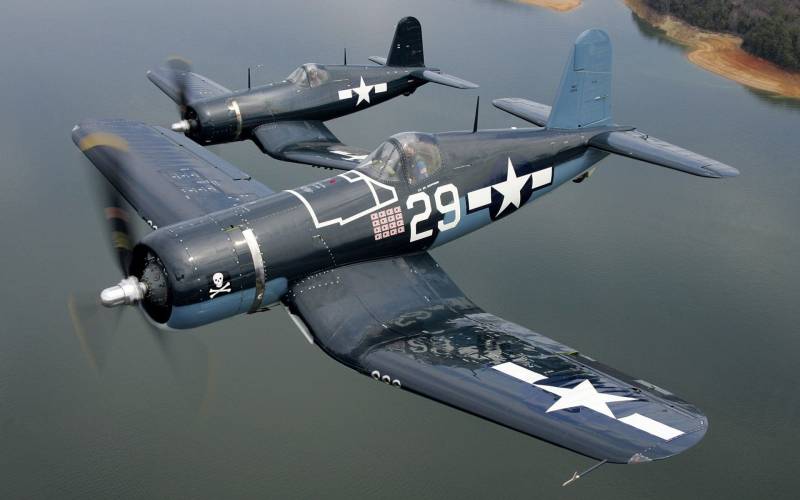
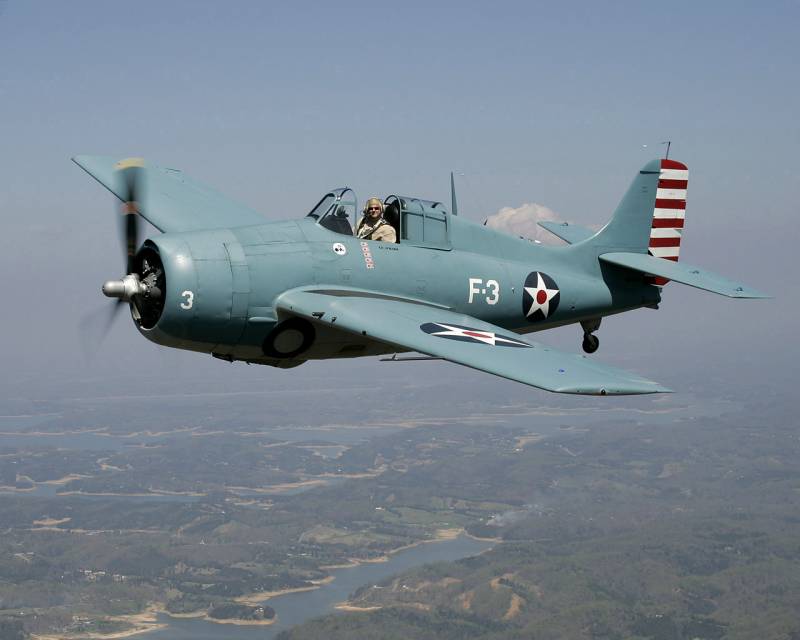
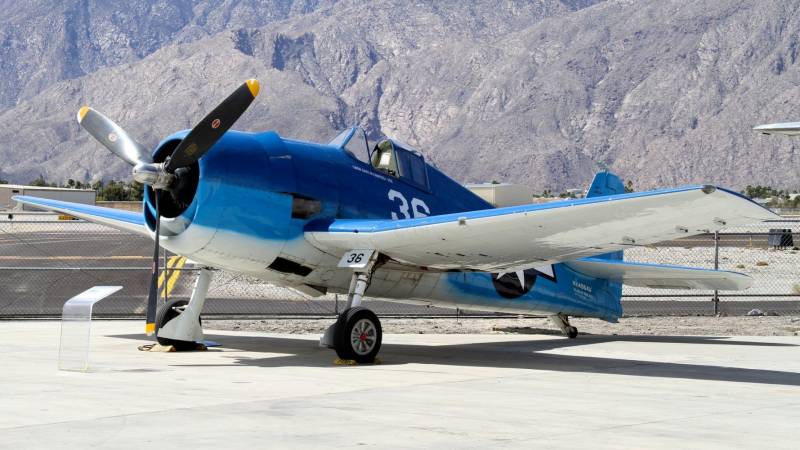
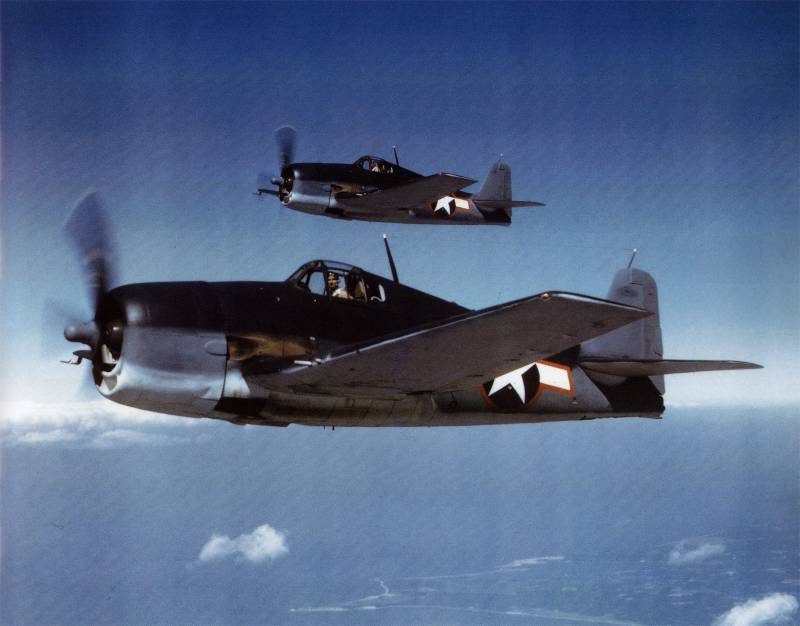
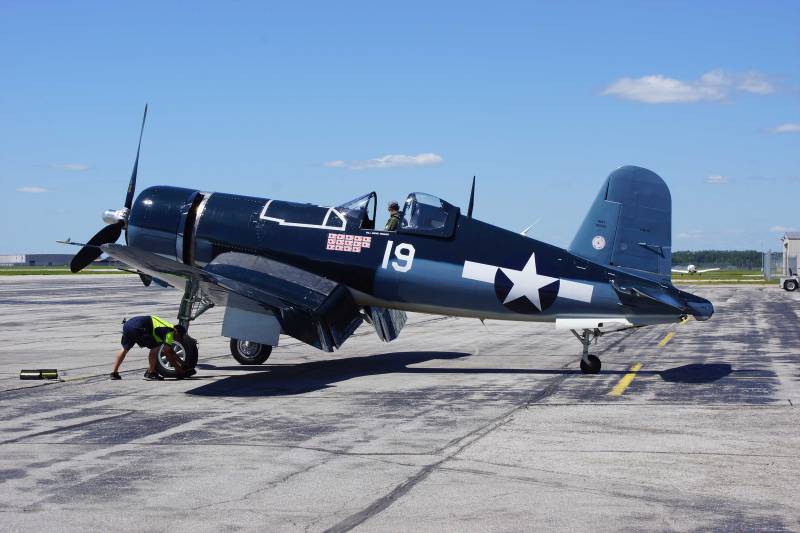
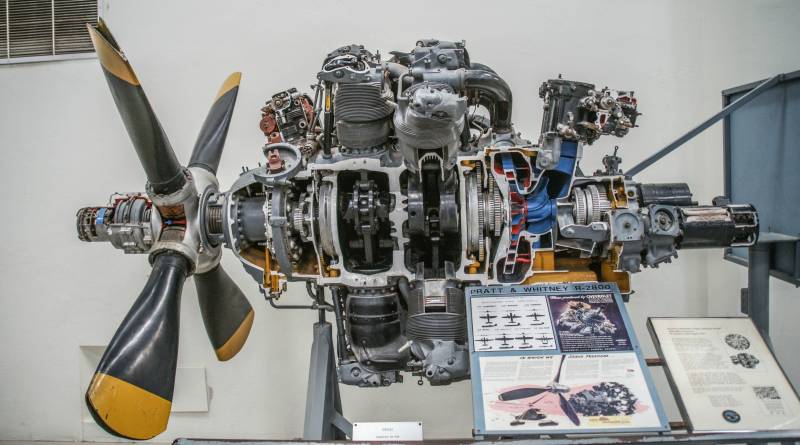
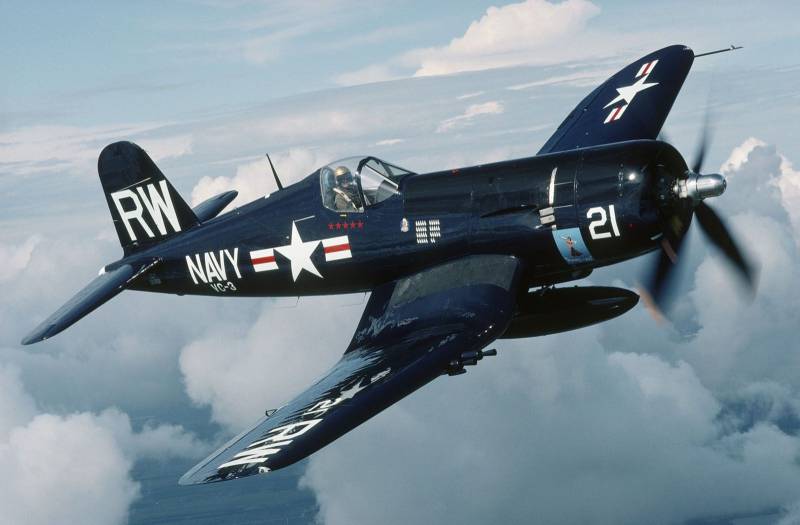
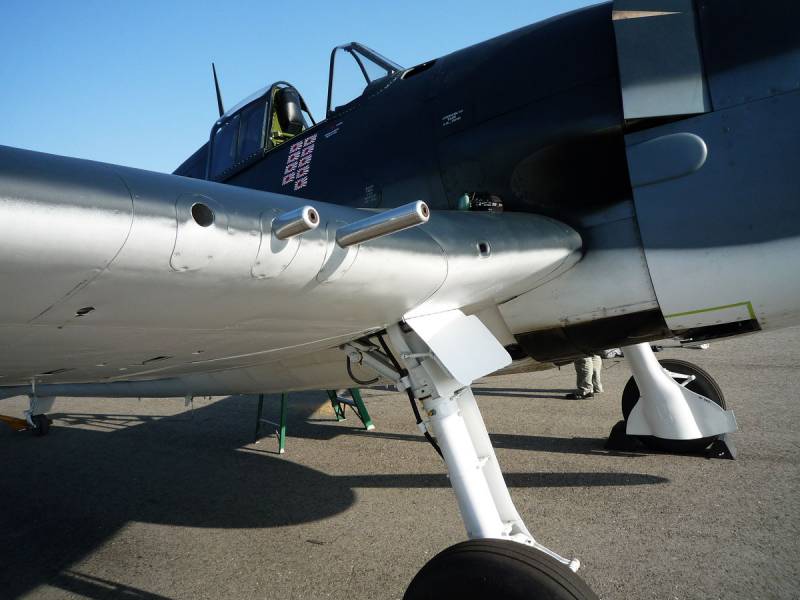
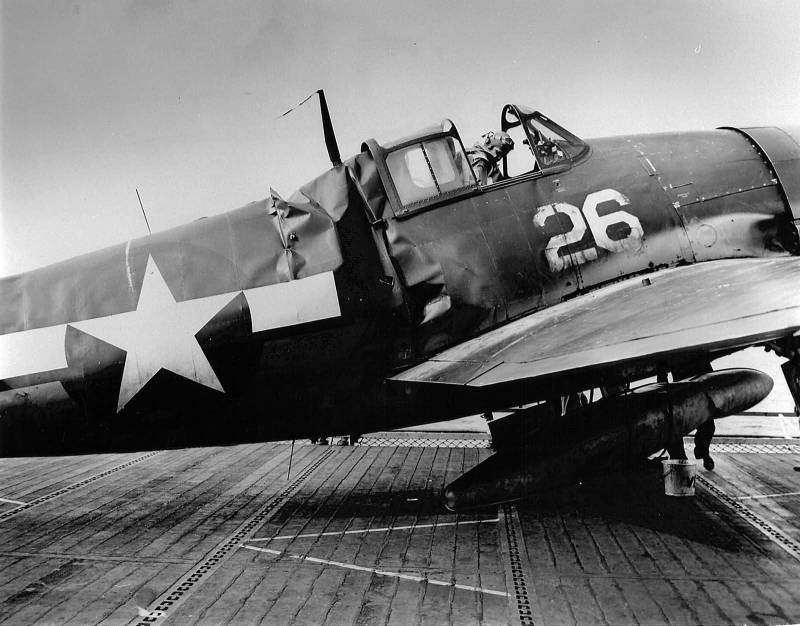
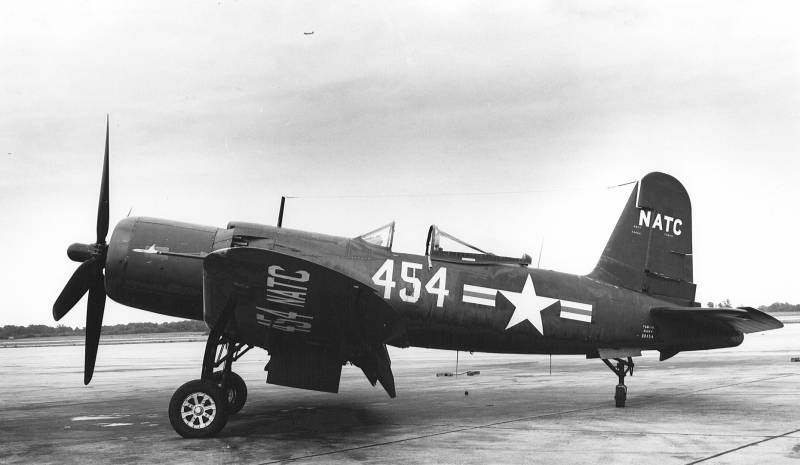
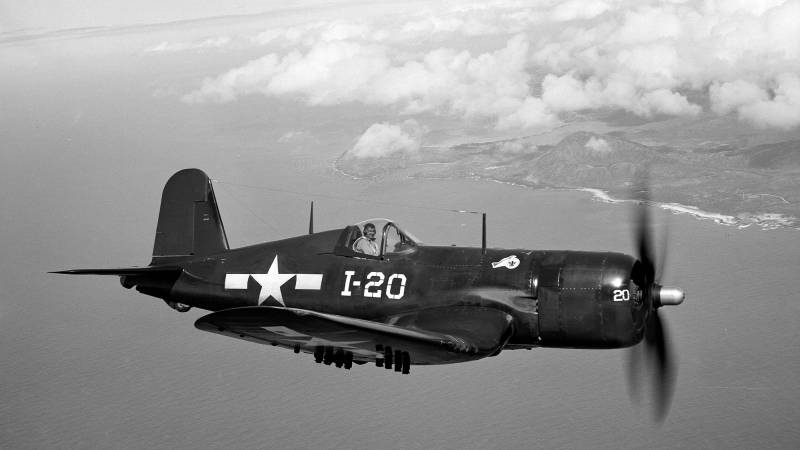
Information